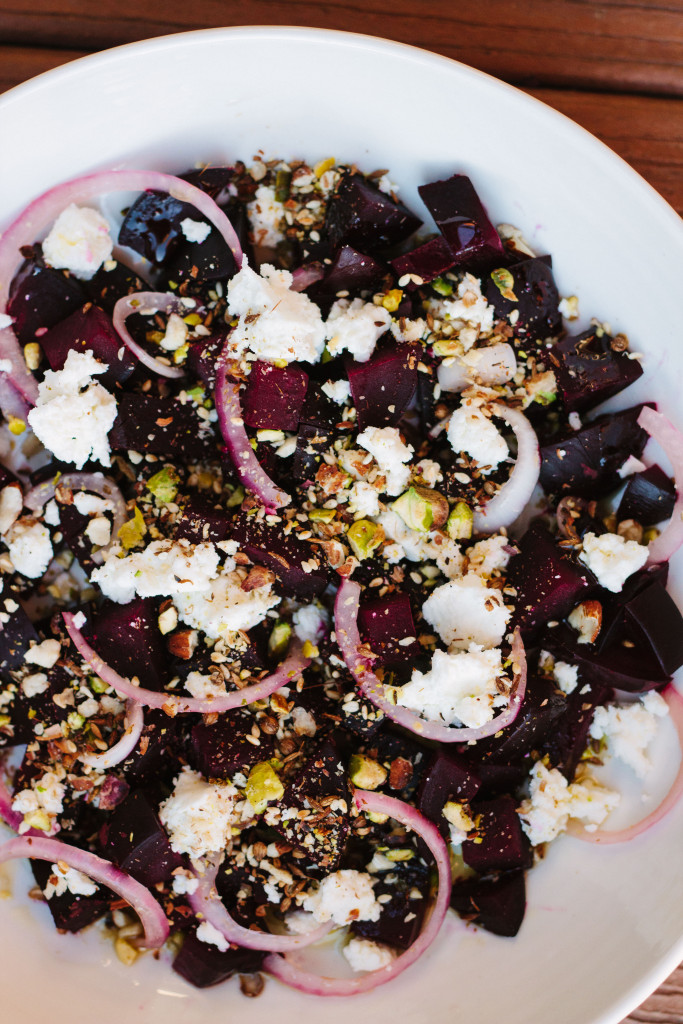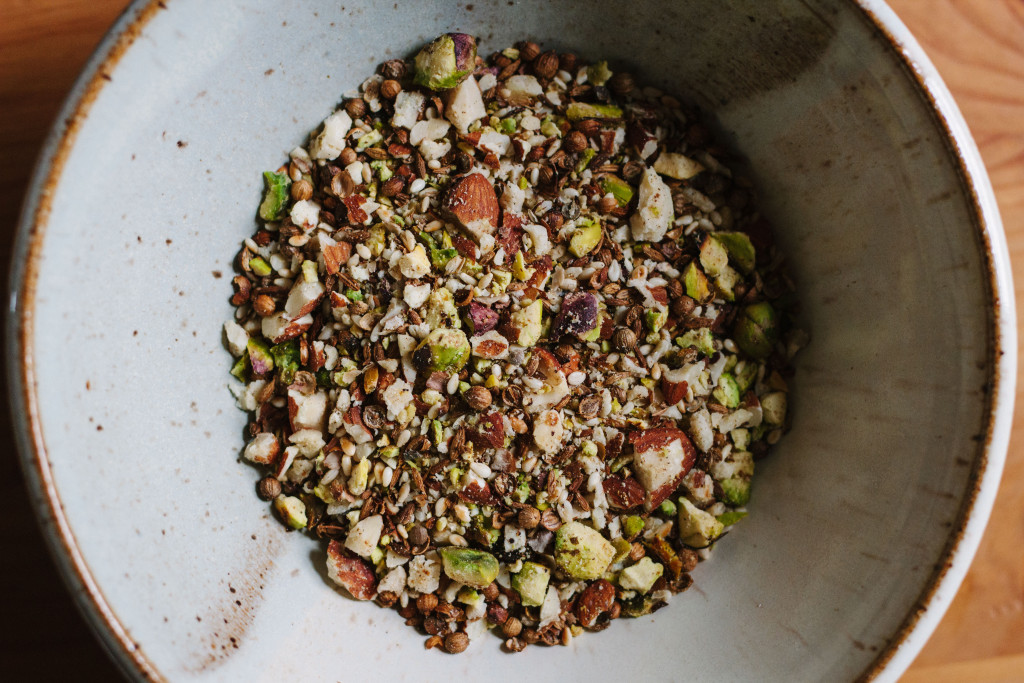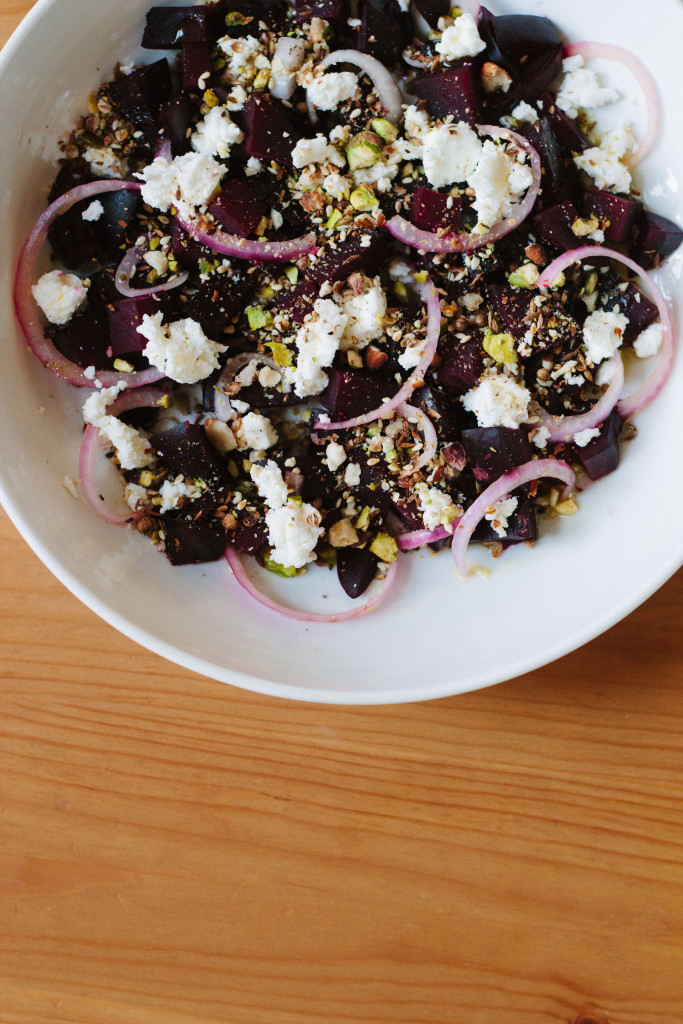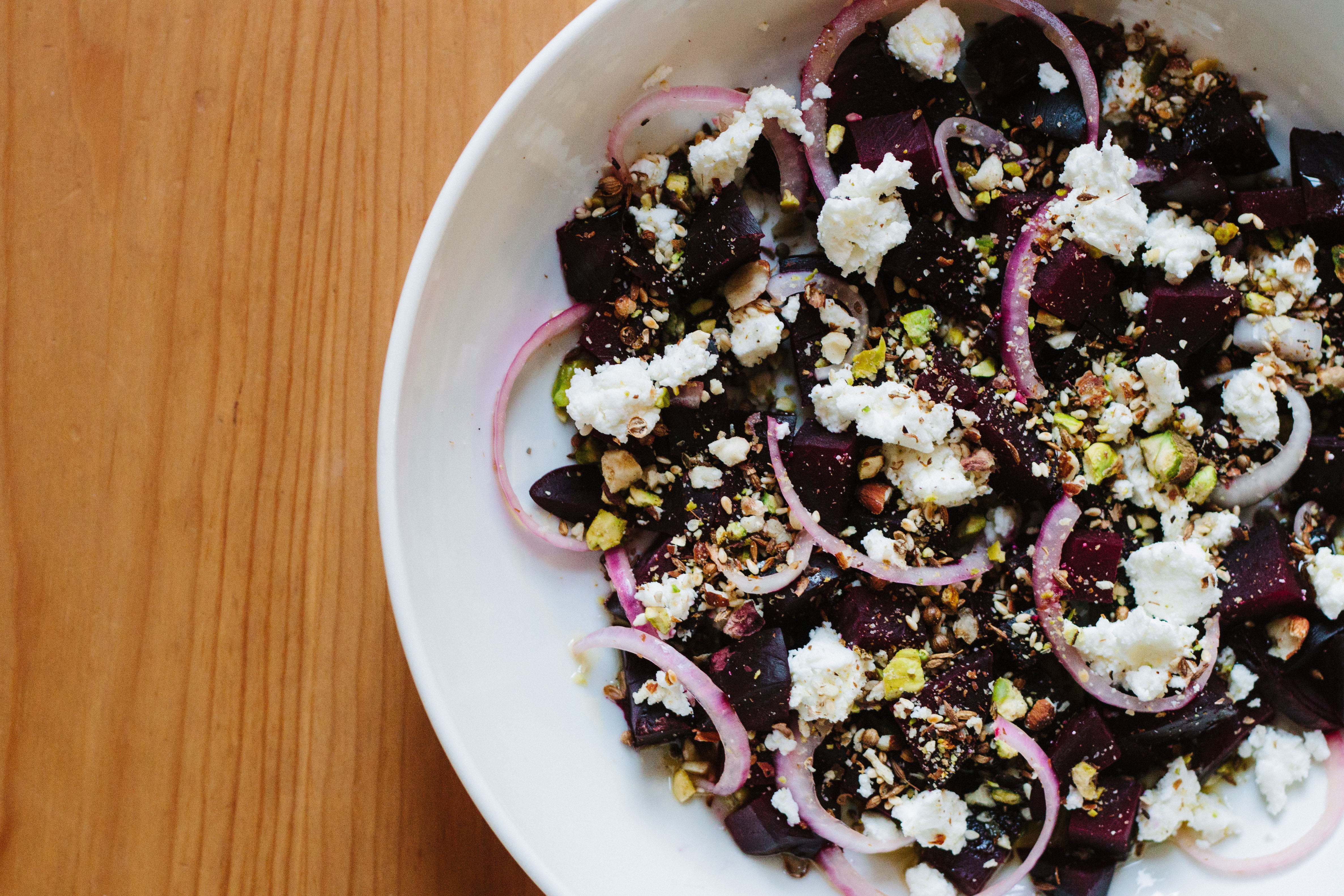

In the past few weeks the world of brands, bloggers, and Instagram personalities has been in a complete tizzy. As many of you probably know by now, Instagram is going to the way of Facebook, and tailoring the feed based on algorithms of content they think you are most likely to be interested in, rather than receiving it in a chronological format. Panicking that all of sudden that only a small percentage of followers would see their posts, everyone and their mother suddenly started begging us all to turn on notifications, so we would be alerted any time that individual posts a picture of their salad, or cappuccino or whatever. I understand some of their reaction. For many people, Instagram is a huge driver of their traffic, and a huge marketing vehicle. But this onslaught of notification requests is utter madness. I follow 420 people on Instagram. Can you imaging getting buzzed 400+ times a day about someone’s avocado rose/cute shoes/funny meme? As Kate of Wit and Delight so perfectly put it,”only your mom and kids reserve the right to interrupt your day to notify you of something that can most certainly wait.”
The whole notification-request frenzy had me seriously taking a good hard look at the amount of time I spend checking social media. And yes, I am going to say it borders on a problem. I will sometimes find myself scrolling through my Instagram feed with a level of mindlessness that borders on a zombie state. And most of the time it’s ok – what’s wrong with some beauty and inspiration throughout my day? Nothing, so long as we remind ourself that it’s just that – a little place to escape, where people share highly manicured, highly edited versions of life. Life is not always filled with perfectly arranged tablescapes, tidy kitchens with everything arranged ‘just-so,’ or adorable hipster families with coordinated outfits. It’s (at least mine is) usually messy and tiring, and often overwhelmingly real in a way that isn’t always beautiful. I can’t help but think back to one of my favourite Portlandia moments:
Fred: “Everyone on the internet, they’re not having as great a time as you think they are.”
Carrie: “I guess people are just cropping out all the sadness.”
But there is value and good in the realness, and it’s important to remind ourselves of that. And for me, that involves turning off the social media noise (and saying no to notifications) when I can. So in the spirit of realness, here’s something I can barely call a recipe at all. In fact, I cheat a bunch, by not including exact measurements for some elements. But that is actually how I cook, 90% of the time, and I bet it’s how you do too. So add more vinegar, or goat cheese, or 5 tablespoons of dukkah because it’s so delicious – I don’t care. I promise either way, it’ll still look beautiful, likely even Instagram-beautiful :).


Beets with dukkah, goat cheese, and quick pickled onions
Serves 2 as a side dish but could easily be doubled.
Note: Dukkah is a delicious crunchy mix of toasted nuts, seeds and spices, ground up. I’ve linked to the dukkah recipe I used below, but the nature of dukkah is that you can customize is using different seeds, nuts and spices. You can also use a food processor, but I used a mortar and pestle. My dukkah ended up chunkier than others I’ve had, but in this context I liked that.
- 3-4 beets
- handful of crumbled soft goat cheese or feta
- 1-2 tablespoons of dukkah. I used this recipe, which makes more than you need (so you can sprinkle leftovers on everything!).
- 1/4 red onion sliced into thin half moons
- red wine vinegar – enough to cover the onions, about 1/4 cup
- olive oil
- Roast the beets: Preheat the oven to 400 degrees. Trim the greens off each beet and wash in water. Without drying them, wrap each individual beet loosely in tin foil (I like to create a little pouch). Lay them on a baking sheet/in a roasting pan and roast for approximately 1 hour or until a pairing knife can be inserted smoothly
- Meanwhile put the sliced red onion in bowl, and cover in red wine vinegar until submerged. Leave on the counter to sit – they will take on a nice light pink colour and loose some of their ‘rawness’. If you’re making the dukkah, do it now.
- Once beets are done, unwrap the packages and let them cool to room temperature. Then run them under cold water and rub with paper towel to get the skin off (it should come off remarkably easily). Chop beets into 1/2 inch cubes.
- Put it all together: start with the beets, then remove the onions from their liquid (don’t throw it out!), and sprinkle them over top the beets, followed by the goat cheese, and then the dukkah. Right before serving, drizzle on some olive oil (about a tablespoon), and about a tablespoon of the red wine vinegar the onions were sitting in. Salt & pepper to taste.

Leave a Reply